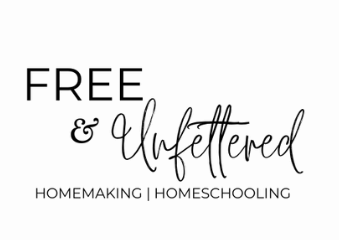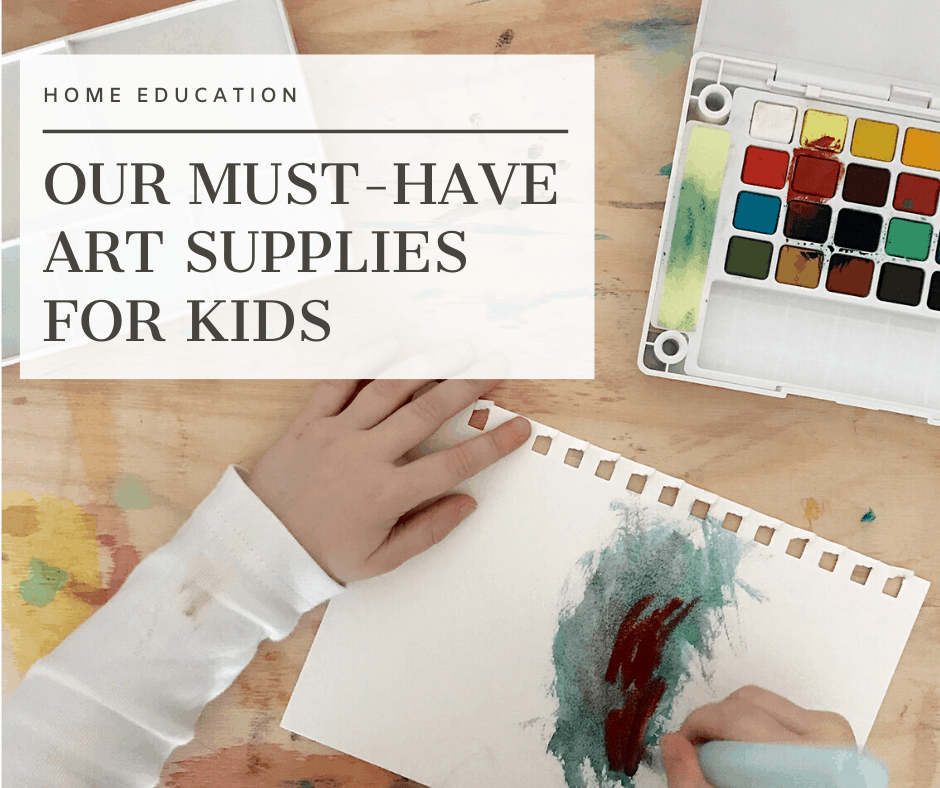Our Must-Have Art Supplies for Kids
Art is without a doubt one of the most popular activities in our home daily, and the benefits associated with kids having the freedom to engage with creating art are undeniable. Therefore, it’s been important to me to curate a variety of high-quality art mediums to offer our children as part of their education at home.

Interested in seeing how we organize and store our art supplies to make them easily accessible to our children in our Montessori-inspired home? Feel free to read about that here: Tips on Creating an Accessible + Organized Art Station for Kids.
Here’s the list, in no specific order. I’ve noted what we like most about each material, as well as any possible downsides.
DISCLOSURE: THIS POST CONTAINS AFFILIATE LINKS AT NO COST TO YOU. THIS MEANS I MAY RECEIVE A SMALL COMMISSION IF YOU MAKE A PURCHASE USING THESE LINKS.

1 // Stockmar Beeswax Block Crayons
- PROS: Block crayons are easier for toddlers to hold than the more traditional stick crayons, and they are less likely to break. Stockmar’s are nicely pigmented, allowing for an easy gradation between colors that never look ‘muddy’ on paper.
- BONUS: The crayons come in a small tin container that makes it easy to keep them neatly organized and travel-friendly. Additionally, my children enjoyed using it as an open/close activity during their toddler years.
- CONS: While we’ve yet to have any issues in the nearly 4 years they’ve been in use in our home, I cannot confidently say they’re 100% washable.

2 // Lyra Ferby Giant Triangular Colored Pencils
- PROS: They’re the perfect size for small hands, and the triangular hand grip helps promote a proper pencil grip. Ours are almost four years old, and while some have gotten considerably shorter from heavy use, we’ve yet to encounter any broken leads.
- BONUS: Pair them with this wooden pencil sharpener so children can learn to sharpen their own pencils. The wrist rotation required to manually sharpen a pencil helps prepare and develop the hand for writing.
- CONS: None.

3 // STABILO Woody 3-in-1 Pencils
- PROS: These are still a relatively new addition to our home, but we’re already enamored with them. While my oldest child was initially put off with their chunky size, once she discovered she could use them as glass crayons on our windows or with a paintbrush she was smitten. They’re also the perfect choice for dry-erase boards and chalkboards.
- BONUS: The wooden casing makes them extra durable.
- CONS: For older children, their chunky size does limit their use in detailed artwork, but this can be easily remedied with a fine watercolor brush.

4 // Pentel Arts Aquash Water Brush Set
- PROS: If you’re hoping to make painting easily accessible for your child to do independently but are concerned about the potential mess, look no further than these water brushes. Pair them alongside a simple chalkboard, and voila! Of all the art activities we have available in our home, this one is always hugely popular with visiting friends.
- BONUS: They’re a travel friendly watercolor paintbrush option, especially for nature outings. Alternatively, they make great little brushes to paint rocks in our backyard with water all summer long.
- CONS: They can be a bit difficult to fill with water for the youngest child.

5 // Washi Tape
- PROS: Washi tape is biodegradeable, making it a much more sustainable option than regular scotch tape, and the variety of patterns and colors is seemingly endless.
- BONUS: Your children can hang their artwork anywhere in the house, and you’ll never have to worry about washi tape damaging your walls or windows.
- CONS: None.

6 // Scissors
- PROS: These make a wonderful ‘first’ pair of scissors for young toddlers and feature both a spring-back mechanism as well as rounded tips.
- BONUS: They’re affordable.
- CONS: Be sure to provide a heavier paperweight, such as index cards, to assist children in their first attempts at cutting. These will not make intricate cuts, so once your child develops the fine motor control needed to begin cutting and can use scissors appropriately, you’ll want to introduce a sharper pair of small scissors.
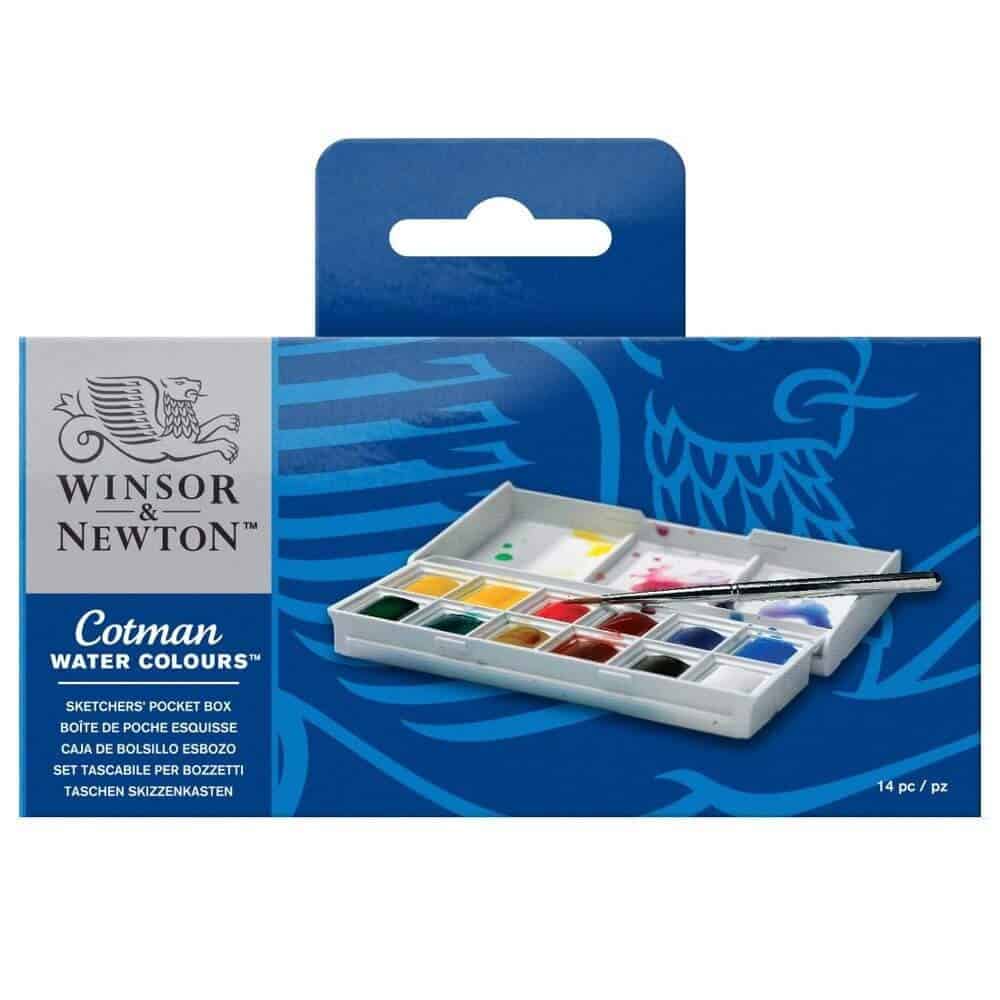
7 // Watercolor Paint
- PROS: Inspired by the Waldorf introduction to painting, I’ve always first introduced one color at a time using Stockmar’s liquid watercolors around age 2. Gradually, as each of my children have become more comfortable painting with more than one color, watercolor pans were introduced. We’ve successfully used Sakura’s Watercolors Field Sketch Set, Stockmar Opaque Colour Box Set, and Winsor & Newton’s Sketchers’ Pocket Box.
- BONUS: Both Sakura’s Field Sketch Set and Winsor & Newton’s Sketchers’ Pocket Box are travel friendly and would be great for nature journaling.
- CONS: None of the above options are 100% washable so close supervision will likely be needed with most 2-to-4 year olds.
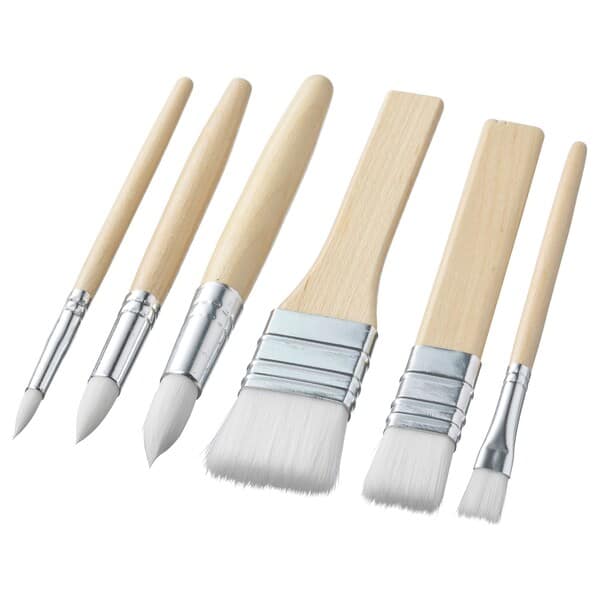
8 // Paintbrushes
- PROS: These are the perfect size for small hands, and the different brush tips allow children to experiment with a variety of strokes.
- BONUS: If you live near an IKEA store, a pack of 6 only costs $2.99.
- CONS: In order to purchase them affordably, you’ll need to live near an IKEA store.

- PROS: Oil pastels present a much different art experience than watercolor paint, crayons, or colored pencils. Paired with a tissue, oil pastels make a wonderful medium to introduce the concept of shading and blending to young children.
- BONUS: They’re affordable.
- CONS: They’re not washable and are prone to breaking if too much pressure is applied.

10 // Green Toys Tool Essentials Dough Set Activity
- PROS: Made from recyclable materials, the Green Toys set provides a nice variety of tools that can be used for sensory play, including play-doh, kinetic sand, and modeling clay.
- BONUS: Costing only $10 dollars, this set makes a wonderful addition to a young child’s wish list.
- CONS: You’ll need to be sure to clean the tools thoroughly after each use or play-doh could get stuck in some of the crevices and dry out. But I imagine this is with all play-doh tools, especially the extruders.

11 // Modeling Clay
- PROS: Plasticene clay is non-drying so should last for many, many years. Moulding it will help strengthen your child’s hands.
- BONUS: Purchase it in brown so you can use it alongside blue-tinted water to make landforms for beginning geography studies.
- CONS: It takes a few minutes to make it pliable enough for young children to begin moulding it into shapes.
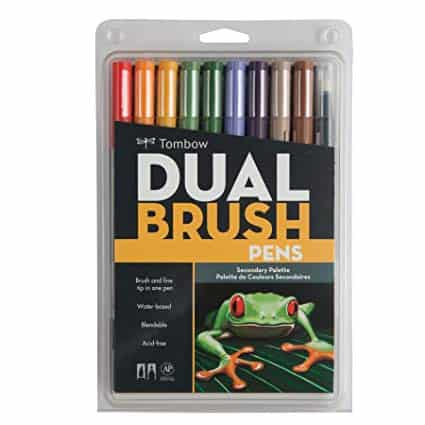
12 // Tombow Dual Brush Pen Art Markers
- PROS: These markers are blendable and can be used to create some really interesting abstract watercolor designs.
- BONUS: With so many color options available, it should be easy to find one that fits your family’s individual needs. We use the Secondary Palette to color in our Weather Observation Tree, and I plan on purchasing the Landscape Palette to use with nature journaling this fall.
- CONS: Their length makes them a bit unwieldy in small hands, and they are not washable. These are probably best for children ages 5 and older.

13 // Sakura Pigma Micron Pen Set
- PROS: These are fun to pair alongside watercolors. Once your child sketches a picture, she can then use a pen to trace over the outline. Once the ink dries, she’ll be able to paint her picture using watercolors and the ink will not run.
- BONUS: They can also be used for journaling.
- CONS: In order to use them properly, a child must have a more advanced pencil grip. These are not a good option for a toddler.
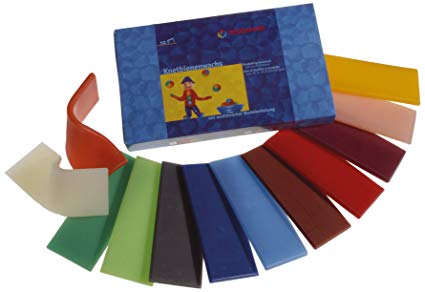
14 // Stockmar Modeling Beeswax
- PROS: If you love the smell of beeswax, then you’ll enjoy working with this medium. Modeling beeswax provides a different sensory experience than typical play-doh. Plus, you can buy them in individual sheets if you’re looking for a simple stocking stuffer or Easter basket addition and would prefer to test them out before purchasing a complete set.
- BONUS: It’s easy to take along on a road trip or if you’re heading to an appointment where you’ll need your children to be occupied for a short amount of time.
- CONS: It requires a lot of hand strength, therefore it could be frustrating for toddlers. Warm it up in your hands or set it in a sunny window 10-15 minutes before presenting it to young children to increase its malleability.

15 // WikkiStix
- PROS: WikkiStix present unlimited creative possibilities. Both my kids love to use them to decorate our windows, and my oldest is beginning to create 3D sculptures with them.
- BONUS: They’re easy to incorporate into school materials.
- CONS: If they hit the floor too often, you’ll find they do accumulate dust and pet hair.
This year I hope to introduce gouache paint as it supposedly pairs well with watercolors to create some interesting mixed media paintings. I also can’t wait to begin experimenting with needle felting with my children. If you have any fabulous resources for how to begin, please send me an e-mail or leave a comment below.
What are some of your children’s favorite art supplies and materials?
Please do share them with us in the comments below.
